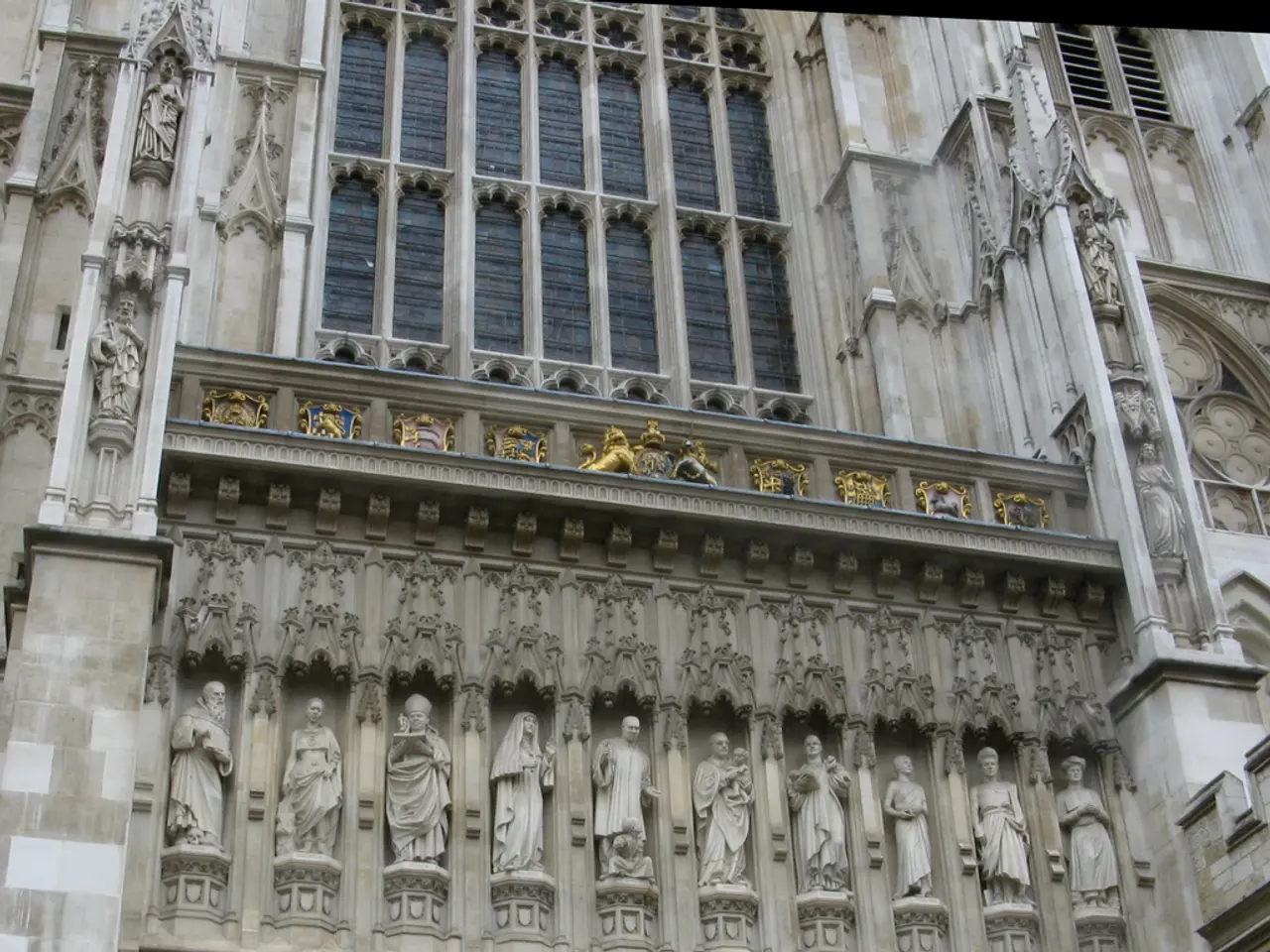Timeless Aesthetic: Exploring the Gothic Revival in Interior Design
Gothic Revival Interior Design: A Look Back at the Romantic Movement
Gothic Revival interior design, a style that echoes the medieval Gothic style, continues to captivate both residential and commercial settings today. This design approach, with its rich, dark woodwork, ornate detailing, pointed arches, and stained glass windows, creates dramatic light and shadow effects, reminiscent of Gothic cathedrals and churches.
Historically, Gothic Revival interior design emerged in mid-18th century England as part of a broader Gothic Revival architectural movement, reacting against the classical styles of the Renaissance and Baroque periods. This revival gained momentum through the 19th century across Europe and North America, particularly in ecclesiastical, university, and domestic architecture.
Key characteristics of Gothic Revival interiors include the use of pointed arches, rib vaults, and tracery motifs in woodwork and stone details. Stained glass windows depicting religious or historical scenes flood interiors with colorful light. Dark wood paneling and trim, including around doors, ceilings, and baseboards, are common elements. Heavy, ornate furnishings often upholstered in velvet or damask in dark, dramatic colors like burgundy and deep green are also prevalent. Walls are often covered in dark, richly patterned wallpaper, and decorative elements like carved corbels, finials, and ornamental stone or wood carvings are frequently found. The style emphasizes vertical lines and height, creating an effect of grandeur and light.
Gothic Revival interiors were prominently used in churches, universities, and stately homes during the Victorian era, often as a symbol of cultural heritage and romantic medievalism. The Gothic Revival interior aimed to create an immersive atmosphere of historical richness, spiritual grandeur, and dramatic visual impact.
Today, Gothic Revival interior design continues to inspire, offering a unique blend of history and romance in modern living spaces. Whether in a home or a commercial setting, this design style can create a sense of grandeur and drama, transporting us back to the medieval era while providing a comfortable and functional living space.
[1] "Gothic Revival Style" - Encyclopædia Britannica [2] "Gothic Revival Interior Design" - The Spruce [3] "Gothic Revival Architecture" - Architectural Digest [4] "Gothic Revival Interiors: A Visual Guide" - Dwell [5] "Gothic Revival Style: A History and Guide" - A & C Black Publishers Ltd.
- Incorporating elements of Gothic Revival interior design, such as dark wood paneling, stained glass windows, and ornate detailing, can bring a sense of historical richness and productivity to a home-and-garden setting.
- For those seeking a lifestyle that combines modern functionality with a touch of medieval romance, Gothic Revival interior design in a residential setting offers a unique fusion of home-and-garden charm and interior-design elegance.





